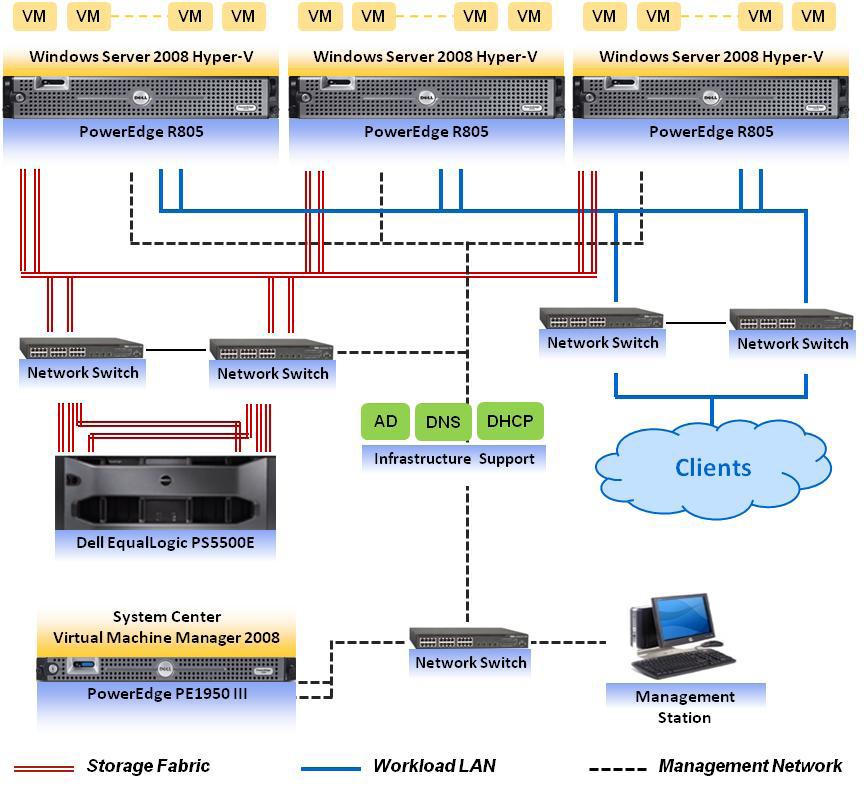

Network View for the selected network appears. Click the network that you want to monitor. For more information, see Forefront TMG Administration Scripting.You are here: Monitoring > Network View Network ViewĪll Wi-Fi networks in the Aruba Instant network are listed in the Networks tab. You can programmatically perform or automate Forefront TMG administration tasks by accessing the Forefront TMG COM objects. Clients and servers that use the Forefront TMG firewall and cache capabilities.A Forefront TMG computer, whose components are shown in the Server View figure.A remote computer from which an administrator manages Forefront TMG.These rules also determine how servers on your local network communicate with Internet users.įour items are shown in the network view figure: Forefront TMG rules determine how Forefront TMG clients communicate with the Internet and the type of communication that is allowed. The administrator's tasks include establishing Forefront TMG rules and policies, and configuring the cache. If you do not want to expose IP addresses, you define a NAT relationship. The general guideline is that when you publish IP addresses, you define a routing relationship. Finally, a NAT relationship is defined from the perimeter network to the Internet.Again, no relationship exists from the Internet to the corporate network. A NAT relationship is defined from the corporate network to the Internet.Therefore, no relationship can exist from the perimeter network to the corporate network. NAT relationships are unidirectional and unique. A network address translation (NAT) relationship is defined from the corporate network to the perimeter network.Routing relationships are bidirectional and do not call for address translation. A routing relationship allows traffic between the networks. A routing relationship is defined between the branch office and the headquarters.In other words, network rules define the relationships between the networks as follows: Here, network rules have been configured to allow network access between the same networks shown in the previous figure. The following figure illustrates the concept of network access policy.

In this way, you establish the network access policy between the networks. When you do so, you define not only whether the networks are connected, but also how they are connected. You can use Forefront TMG to define network rules ( FPCNetworkRule objects), thereby allowing access between the networks. Clients on the corporate network can access resources on the perimeter network.Ĭlients on the Internet can access resources on the perimeter network.Computers on the Internet cannot access the corporate network clients.Clients on the corporate network can access the Internet.The relationships between the networks can be defined as follows: A perimeter network (also known as a DMZ, demilitarized zone, or screened subnet) is connected to the corporate network and to the Internet, allowing access to its resources. In the figure, a corporate network is connected to the Internet, allowing clients access to the Internet. For example, consider the following figure, which illustrates a classic view of the multi-networking scenario. Depending on how access control is configured on the firewall or router, communication is allowed to pass between the networks. In a classic view of a multi-networking environment, a firewall or router provides connectivity between one or more networks.


 0 kommentar(er)
0 kommentar(er)
